Abstract:
Eating behaviors are extremely complex. The food decision making process draws upon concepts and theories related to decision-making, family and community interaction, agriculture and food systems, ecology, in addition to individual factors. Food choice decisions often focus on what is eaten, while food consumption decisions are a subset of food choice which focuses more specifically on volume decisions. The former determines what we eat, the latter determines how much we eat. Food decisions determine energy intake. Overconsumption is the main driver of obesity, the effects of weight status on food decision-making are of increasing importance. Many food-related decisions occur in distracting environments and may lead to relatively “mindless eating.”
A study was conducted Food decision making in families with adolescents. Families (n=60) residing in urban Bangalore, India, with at least one adolescent family member (13-17 years) were selected by purposive sampling. An interviewer administered questionnaire was developed and used for data collection. Food decisions were divided into 3 categories. Decisions related to preparation, purchasing, and decisions related to eating out. The results of the study indicated that ease of preparation, taste, health consciousness and joy of cooking were most important factors with respect to food preparation at home, Price of food commodity, Value for money-were determining factors with respect of purchase of food items (both ready to eat and ready to cook) whereas majority were not particular about nutritive value of a food when purchasing food. Craving for Variety, lack of time to prepare food and inevitable situations of being away from home were driving factors with respect to eating food outside home.
So it can be concluded that different factors influence food choice in different situations. Though it appears that most of us exercise free will in choosing foods, it becomes a forced choice due to the factors that determine the food behaviour. There is a need to understand the interaction between various factors under different situations that ultimately decide what we eat and how much we eat. This can help the policy makers to plan interventions for moving towards healthy eating behavior.




